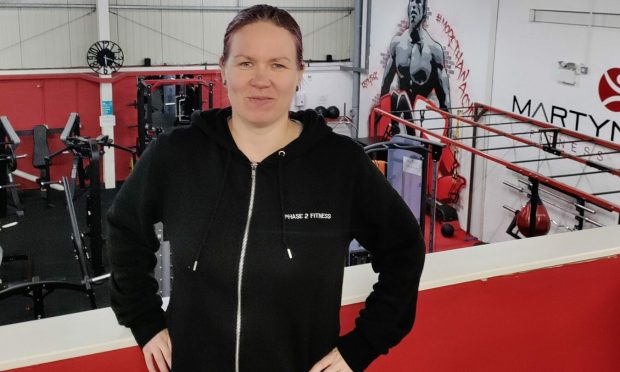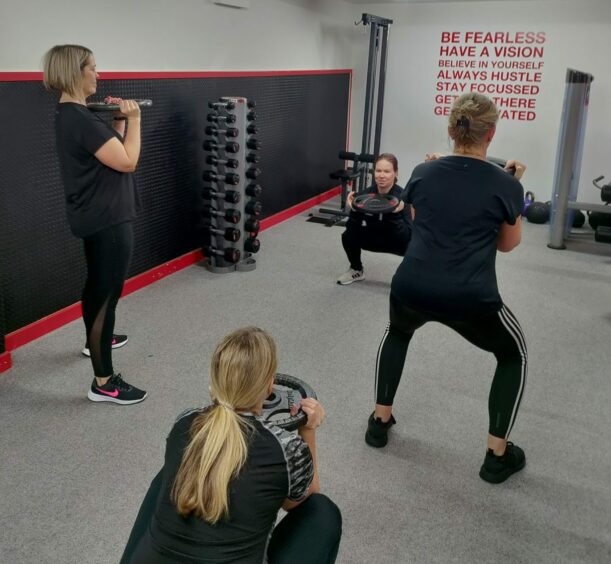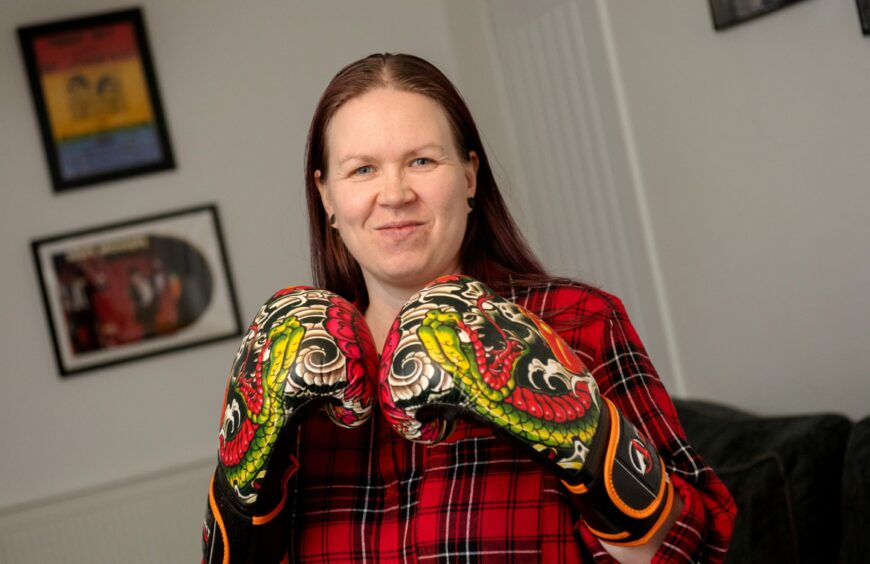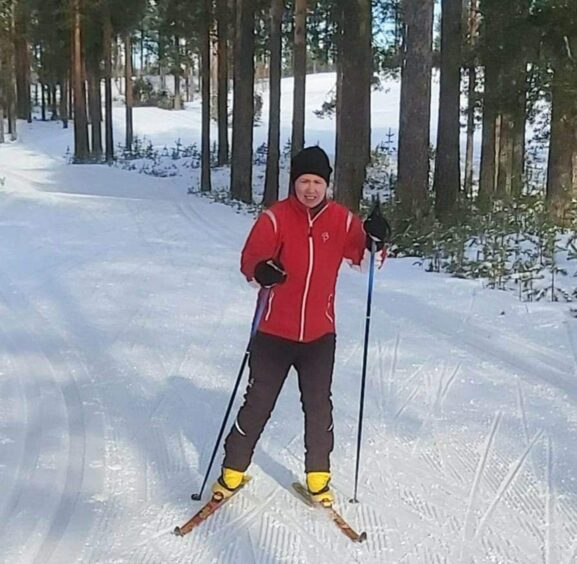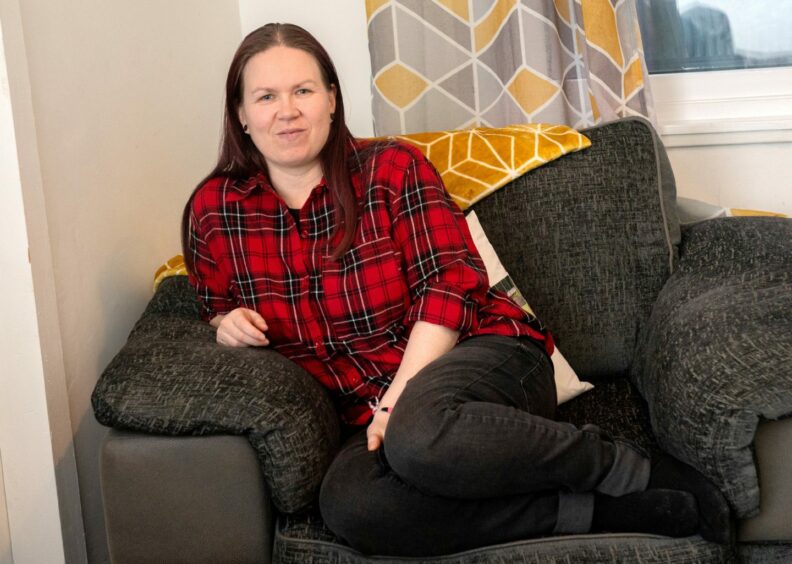Getting fit is one of our most popular New Year’s Resolutions. Here Aberdeen fitness trainer Eija Puustinen tells us just how important it is for women to use weights – and how you can shed the pounds too.
Keeping fit has always played a big part of Eija’s life.
Growing up in Finland, she spent much of her childhood outside and was introduced to exercise at an early age.
“I come from a very sporty family,” she explains. “I did a lot of winter sports like cross-country skiing and was involved in athletics.
“Then I progressed to coaching younger athletes when I was 15 and it naturally turned into a career.”
Now, after training to be a sports instructor, she’s coaching women in Aberdeen – teaching them how to get fit using weights after noticing a gap in the market.
Women are taught how to use weight plates, dumbbells and cable machines as part of their workouts at the Ladies That Lift classes.
Why did she start weight classes?
Eija has worked at different gyms in the Granite City since moving to Scotland nine years ago to study at RGU.
And it didn’t take long for her to notice one of the biggest challenges women were facing.
“I’ve been working in different gyms and you always see females are quite scared of weights, you can see that they’re often quite intimidated,” she says.
“I wanted to teach them and break the stereotypes of people thinking that weightlifting is going to make you bigger.”
Some women just need four or five sessions to give them the confidence to use weights in a bigger gym.
But others are happier to carry on going to Eija’s classes where they are taught in a smaller class.
Why is it so important for women to use weights?
There are several reasons why women should incorporate weight training into their fitness routines.
It’s important for toning and strengthening your whole body – but it’s especially important as you get older.
“The older you get the more likely you are to lose bone density and some of your muscles get weaker,” Eija says. “So strength training will help you.
“I work with a lot of females who are menopausal and what I keep hearing is that it helps with the symptoms – they’re sweating less or they’re sleeping better.”
Is it better to do cardio or lift weights to shed the pounds?
Eija says using weights in your workout can also help you lose the pounds.
“It depends on what your goals are,” she says. “If you’re looking for fat loss then weight training will be more beneficial.
“But if you’re looking for weight loss on the scales then cardio will help you get there.”
As far as eating goes, she’s keen to drop the word ‘diet’ when it comes to giving advice and prefers to speak about a lifestyle change instead.
She highlights that diets are often thought of as changes to the food you eat for only a matter of months or weeks.
It’s best to make permanent small changes rather than going on restrictive 800-calorie a day diets, she says.
And it’s all about keeping it as easy as possible and getting the balance right.
“It depends on the goal as well,” the Phase 2 Fitness business owner says. “If it’s for weight loss, I would give people advice on how much calories they should be eating a day.
“But if it’s about fat loss then it’s more a case of adding more protein and vegetables on your plate.”
Use weights to get fit: How long will it take to see results?
Eija recommends women use weights in their workouts two to three times a week to start seeing results.
“Usually it takes five to six weeks for you to notice a difference in your body and your mood,” she says.
“I still get messages from people saying that they can’t believe how much difference four sessions can make to somebody’s confidence.
“Lots of positive things happen.”
Eija’s classes take place at the Martyn Paul Fitness Centre in Dyce. If you’re interested in trying one of her classes you can contact her to find out more here.
